Altcoin
Anatoly Yakovenko Discusses What Next For Solana & Competition With Ethereum L2s

In a recent interview, Anatoly Yakovenko, Solana’s founder, spoke to the unique position this ecosystem holds in the blockchain landscape, using its implementation against L2 scaling solutions and other Layer 1 blockchain systems.
Previously he raised questions about the vitality of the Ethereum ecosystem without the contributions from Base, a Layer 2 solution. This query comes amidst observing the metrics of growth shown by Base, particularly in user activities and transaction volumes.
Solana’s Anatoly Yakovenko: L1 Scalability Key, Not L2 Solutions
Anatoly Yakovenko, Solana’s founder, highlighted the unique position of the Solana ecosystem within the blockchain landscape. He contrasted its approach with both Layer 2 scaling solutions and other Layer 1 blockchains.
The podcast he was guest at was a sort of a follow up to his last statements where he questioned the resilience of the Ethereum ecosystem without contributions from Base, a Layer 2 solution, particularly in light of Base’s impressive growth metrics in user activity and transaction volumes.
“Its scalability, infrastructural focus, and transaction efficiency, in my opinion, are three things Solana has on its side,” Yakovenko detailed. Of course, he is also aware of Solana’s challenges in a world where blockchain technology would evolve and platforms would develop further.
Anatoly Yakovenko emphasized Solana’s unique architecture, designed to democratize access to transaction validation. Unlike traditional finance, Solana allows anyone to set up a validator and submit transactions directly, bypassing intermediaries. This level of decentralization, Yakovenko noted, is hard for traditional finance to replicate. While this functionality exists, he acknowledged that scaling it effectively remains a challenge.
New validators face significant barriers, including finding suitable peers for transaction ordering. Amassing enough stake to gain influence on the network is also difficult. Yakovenko believes that Solana’s future depends on regular network optimization. He envisions technical improvements that include higher bandwidth, lower latency, and multiple concurrent leaders per transaction slot. These changes, he suggests, could reduce economic barriers and make it easier for new validators to compete.
By reducing bottlenecks, Solana could foster a healthier, more competitive ecosystem. This would ultimately make the network more decentralized. Yakovenko views Solana’s path to decentralization as an engineering problem, requiring iterative optimizations. Through these efforts, Solana aims to achieve fair and efficient transaction processing.
Highlighting Solana’s Edge Over Ethereum and L2s
Anatoly Yakovenko compared Solana to Ethereum and various L2 solutions, emphasizing the trade-offs between Layer 1 and Layer 2. L2 solutions often use centralized sequencers for low-latency transaction ordering. However, Yakovenko noted that these can lead to the same congestion issues seen on Layer 1 chains. While L2s are often seen as short-term fixes for congestion, they face scaling bottlenecks when multiple applications or markets use them.
He highlighted that Solana’s strategy focuses on building a robust Layer 1 chain capable of supporting high throughput without needing L2 solutions. Another key factor for Yakovenko is synchronous composability, where multiple applications can interact in real-time on a single chain. He believes this is essential for DeFi. In his view, monolithic chains or application-specific L2s can’t support this level of composability, limiting their scalability.
According to Anatoly Yakovenko, the last competitive edge for Solana lies precisely in this regard: its total commitment to synchronous composability at scale-what makes it different from Ethereum and L2 chains. Still, some experts, such as Peter Brandt said that Solana is already breaking into new highs while Ethereum is struggling against an overhead resistance.
The overriding message from Yakovenko is that where Solana has the edge is in execution. While Ethereum is expanding via L2s, the development of Solana remains focused on making its L1 perfect. He admits that one day, a blockchain will come up with features similar to those of Solana and offer faster iterations, but for now, the pace at which Solana is improving places it well ahead of the competition.
For Anatoly Yakovenko, this core of Solana’s potential rests on ironing out its infrastructure to support more equitable, open transaction processing for a truly decentralized future. He says this positions Solana as one of the leading blockchains for years to come.
Disclaimer: The presented content may include the personal opinion of the author and is subject to market condition. Do your market research before investing in cryptocurrencies. The author or the publication does not hold any responsibility for your personal financial loss.
Altcoin
Franklin Templeton Eyes Crypto ETP Launch In Europe After BlackRock & 21Shares
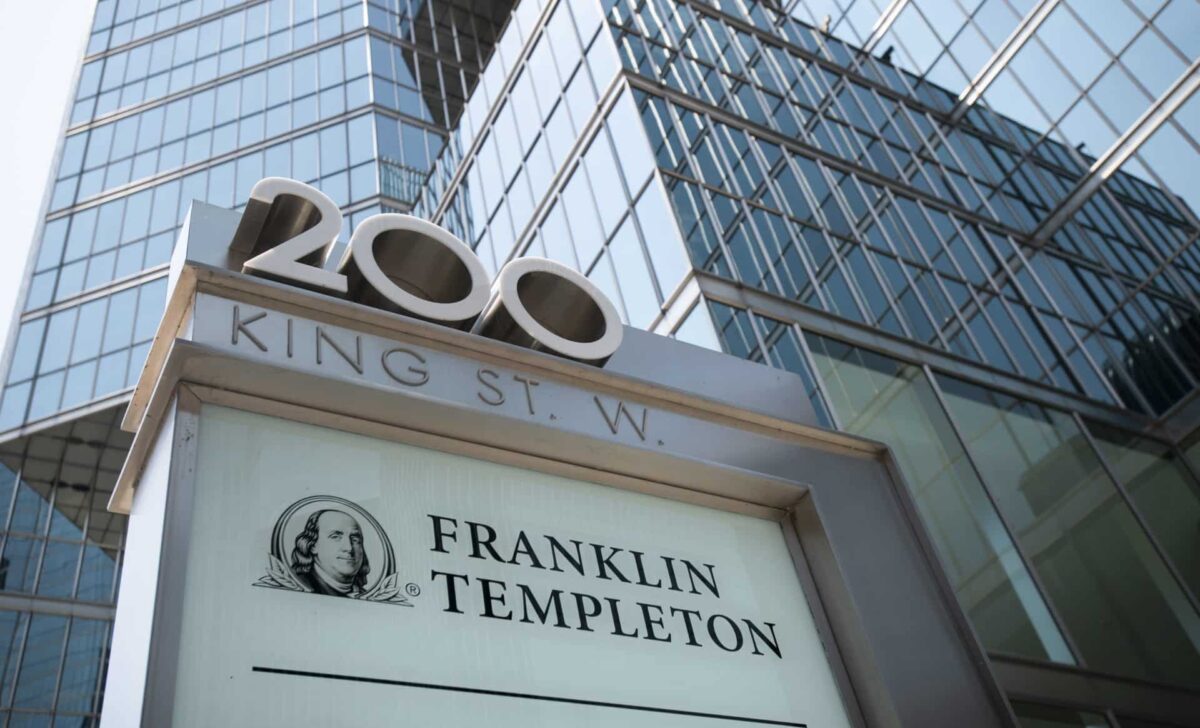
American multinational investment management company Franklin Templeton has made global headlines this Wednesday by revealing that it is eyeing a crypto ETP launch in Europe. The company with over $1.5 trillion in AUM (Assets Under Management) now follows the footsteps of its rivals BlackRock and 21Shares, who previously revealed similar plans for the region. Following its remarkable success in the U.S. with a Bitcoin ETF, this mover has echoed a notable market buzz, paving the way for further investor interaction with the digital asset class.
Franklin Templeton Considers Crypto ETP Launch In Europe
According to an X post by Bitcoin Magazine on April 2, Franklin Templeton is considering launching Bitcoin and crypto ETP in Europe. With this decision, the asset manager is poised to join the fray alongside BlackRock and 21Shares to achieve such a feat in the region.
A company spokesperson revealed that while plans to launch a digital asset-backed ETP are not “immediate, “observing and keeping pace with the evolving regulatory framework in Europe and elsewhere to create those cryptocurrency products that best cater to our clients’ demands” remain vital. Also, they added, “We are constantly exploring the possibility of launching innovative products in all asset classes,” ETF Stream reported.
Franklin Templeton Follows BlackRock & 21Shares’ Footsteps?
Meanwhile, CoinGape recently reported that BlackRock also launched its iShares Bitcoin Trust in the same region. This ETP is featured on Xetra and Euronext Paris under the ticker IBIT, while investors can also find it on Euronext Amsterdam.
Additionally, asset manager 21Shares expanded its crypto ETP offerings in Europe the previous week. Reportedly, the asset manager launched Bitcoin, Solana, and XRP Exchange-Traded Products (ETPs) on Nasdaq Stockholm, enhancing regional investor participation for the digital asset class. Overall, the European crypto ETP scenario continues to take a paradigm-favorable shift as Franklin Templeton now joins the race, adding to institutional support in the region.
Bitcoin ETF Success In The U.S. Garners Attention
Simultaneously, it’s worth taking into account the prominent market success of Franklin Templeton Digital Holdings Trust (EZBC) in the U.S. Sosovalue data indicates that the asset manager currently holds net assets worth $428.52 million within its spot Bitcoin ETF holdings. The considerably large holdings in just a year of BTC ETF’s inception underline the trading products and the asset manager’s phenomenal success. This market capitalizing stand also fuels optimism for crypto ETPs launch in Europe, given the feat happens ahead.
Disclaimer: The presented content may include the personal opinion of the author and is subject to market condition. Do your market research before investing in cryptocurrencies. The author or the publication does not hold any responsibility for your personal financial loss.
Altcoin
What’s Fueling The Shibarium Boost?
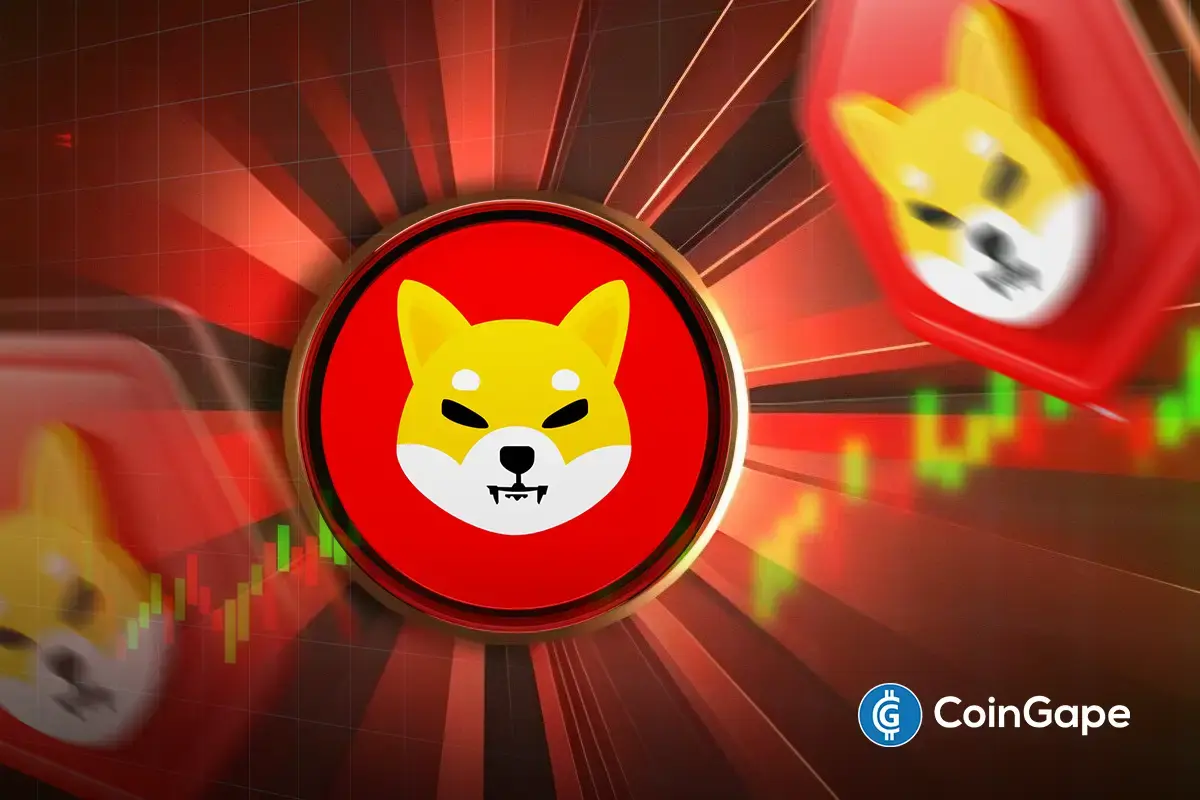
The SHIB community is once again surfing optimistic tides within the crypto realm with a staggering 12,000% uptick in the Shiba Inu burn rate and a key Shibarium milestone achieved lately.
On Wednesday, April 2, burn statistics signaled that over 115 million coins were removed from the circulating supply, whereas transactions on the Layer 2 blockchain scaled new heights by topping 1 billion. In response, crypto market participants are now eyeing a highly bullish future for one of the most renowned dog-themed meme tokens amid bolstered market dynamics.
Shiba Inu Burn Rate Soars Over 12,000%, Supply Takes A Blow
Data from the official tracker Shibburn indicated that the SHIB burn rate surged 12,278.89% in the past 24 hours. Per the data, this massive surge rode the back of 115.89 million tokens removed from the supply in just a day.


Notably, the burn mechanism permanently reduces the circulating supply by transferring tokens to a null address. As a response, traders and investors weigh bullishness on the asset’s future prospects by considering the law of supply and demand.
With today’s massive burn saga, the total number of coins killed to date reached 410.72 trillion SHIB. Meanwhile, 584.35 trillion tokens still remain in circulation. Further, it’s worth mentioning that the wallet address “0xc439514852e132c” single-handedly burnt 92.64 million tokens, aiding the surge.
The impact of the constant Shiba Inu burns has kept investors hopeful about a price rally ahead. On the other hand, the coin’s layer 2 blockchain, Shibarium, is making monumental strides.
Shibarium Transaction Volume Hits 1B
SHIB’s marketing lead Lucie further revealed on X that the transaction volume on the Layer 2 blockchain has crossed the 1 billion mark. This chronicle has added to the optimistic buzz orbiting the crypto as it underscores its network’s rising popularity.
Soon after its launch in August 2023, the L2 network gained significant traction with its vast offerings. Ranging from seamless transactions and gaming opportunities to utilities with tokens such as TREAT, LEASH, and BONE, the L2 network offers users top-notch services in the Web3 space. The rising transactions add to bullish market sentiments, accompanying the Shiba Inu burn rate upswing.
Is SHIB Price Gearing Up For A Rally?
Despite the bullish advancements, SHIB price traded down nearly 4% today, resting at $0.00001224. The meme coin hit a low and a peak of $0.00001214 and $0.00001312 in the past 24 hours. Besides, the weekly chart also indicated a 20% crash in value. This bearish action has kept investors cautious over future aspects despite the Shiba Inu burn surge and Shibarium advancement.


Simultaneously, a renowned crypto market trader going by the name Nebraskangooner revealed that SHIB continues to reject resistance just like other altcoins. Crypto market participants continue to thoroughly monitor the token, given that some market stats indicate a bullish stance whilst the price wanes.
Also, CoinGape reported that the coin’s lead developer, Shytoshi Kusama, shared a cryptic location update recently. The abovementioned chronicles are some of the most buzz-worthy Shiba Inu news lately.
Disclaimer: The presented content may include the personal opinion of the author and is subject to market condition. Do your market research before investing in cryptocurrencies. The author or the publication does not hold any responsibility for your personal financial loss.
Altcoin
Pi Network Faces Community Backlash, Is Pi Coin Price Heading to Zero?
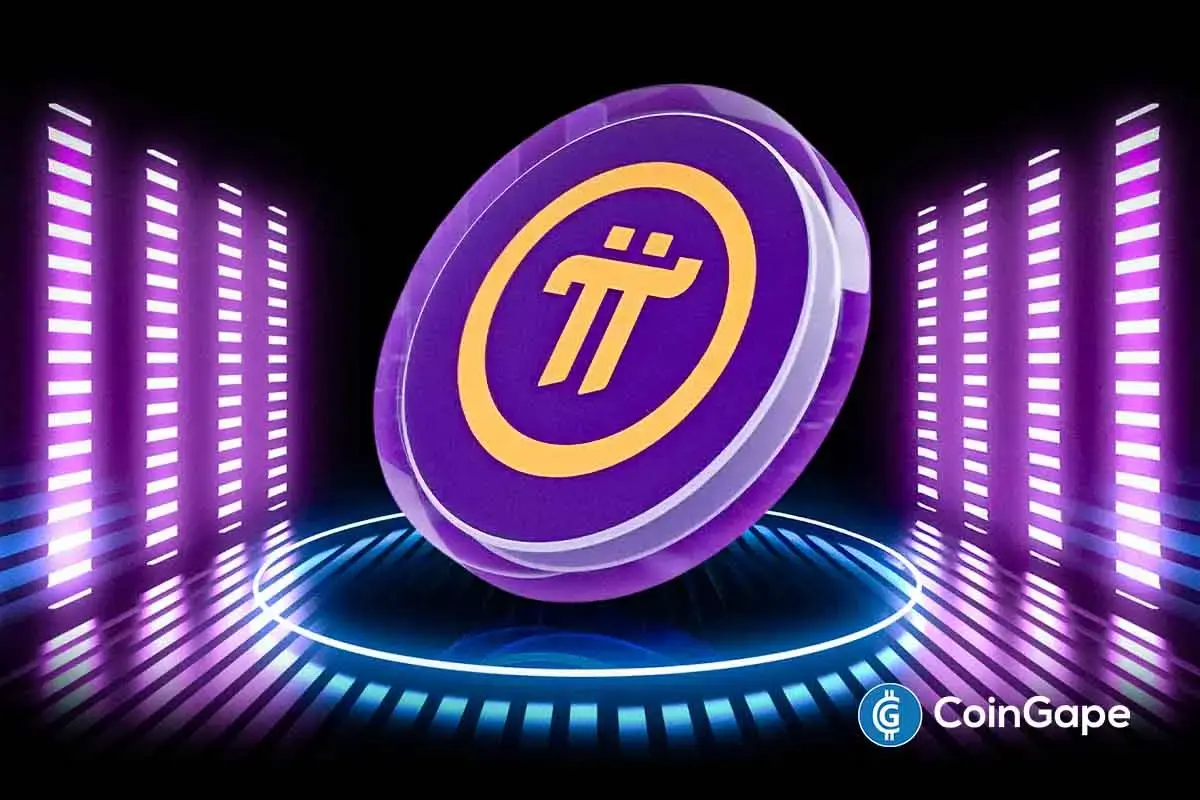
Pi Network seems to be losing ground as Pi Coin price continues to face strong selling pressure, dropping another 4% and slipping under $0.70. Furthermore, the PI trading activity in the ecosystem is also dropping, showing that the investors’ euphoria is fading away quickly. Also, the PI token unlocks happening over the past week and so have led to a negative sentiment.
Pi Network Faces Backlash Despite PiFest Announcement
Earlier today, the Pi Core team announced that the inaugural PiFest on the Open Network saw record participation, with over 125,000 registered sellers—including more than 58,000 active sellers—and 1.8 million Pioneers utilizing Map of Pi, while highlighting Pi’s real-world utility worldwide.
However, the community doesn’t seem to be pleased by this. Commenting on the reality of the PiFest, Dr. Altcoin noted: “Since the PiFest started, Pi trading activity in the Eco-system has been at its lowest. The only trade was selling Pi for Cash”. While slamming the core team further, Dr. Altcoin stated that the Pi co-founders “seem out of touch with the realities of the everyday Pi Community”.
Other community members have slammed Pi Core Team’s communication approach, stating that it has remained unchanged since the enclosed mainnet phase. Critics like Dao world argue that the monthly updates are too predictable and insufficient for sustaining a large and engaged community.
Community members are now advocating for a more transparent communication strategy, with calls for a new leadership figure who has a deep understanding of cryptocurrency.
Pi Network Reduces Base Mining Rate by 1.18% This Month
The Pi Network’s base mining rate has dropped by 1.18% this month, now standing at 0.0029030 π per hour. This adjustment continues the network’s trend of gradual mining rate reductions. Some community members speculate that the declining interest in mining may be linked to Pi’s current low trading value on exchanges.
Despite talks of the Pi Network listing on top crypto exchanges like Binance and Coinbase, it hasn’t fructified so far. However, the BTCC exchange stated that it has added the cryptocurrency for spot trading, but it failed to add any upward momentum to the Pi coin price.
Where’s Pi Coin Price Heading Next?
Over the past seven days, the Pi coin price has tanked by 20%, with the next crucial support levels at $0.60. Furthermore, the correction under $0.70 comes with heavy selling pressure as daily trading volumes tanked 52% to $148 million.
Pi Network is currently forming a classic falling wedge pattern, testing the lower boundary near $0.687. A confirmed breakout with volume above the $0.71–$0.72 range could signal a bullish move, potentially pushing the price toward $0.75–$0.78, where key resistance levels lie.


Some market analysts still have the hope that PI cryptocurrency could reverse the trajectory to hitting highs of $3 and above.
Disclaimer: The presented content may include the personal opinion of the author and is subject to market condition. Do your market research before investing in cryptocurrencies. The author or the publication does not hold any responsibility for your personal financial loss.
-

 Altcoin24 hours ago
Altcoin24 hours agoXRP Price to $27? Expert Predicts Exact Timeline for the Next Massive Surge
-

 Market23 hours ago
Market23 hours agoEthereum Struggles to Break Out as Bear Trend Fades
-

 Market22 hours ago
Market22 hours agoHow Did UPCX Lose $70 Million in a UPC Hack?
-
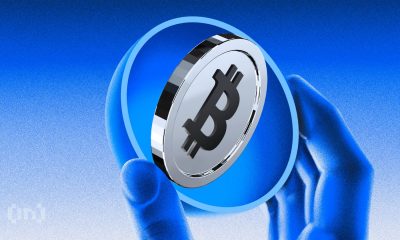
 Bitcoin18 hours ago
Bitcoin18 hours agoBitcoin Could Serve as Inflation Hedge or Tech Stock, Say Experts
-

 Market18 hours ago
Market18 hours agoSUI Price Stalls After Major $147 Million Token Unlock
-

 Market17 hours ago
Market17 hours agoBeInCrypto US Morning Briefing: Standard Chartered and Bitcoin
-
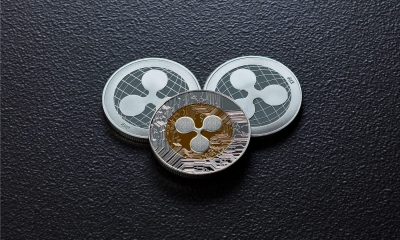
 Market16 hours ago
Market16 hours agoAnalyst Reveals ‘Worst Case Scenario’ With Head And Shoulders Formation
-

 Market14 hours ago
Market14 hours agoBitcoin Price Bounces Back—Can It Finally Break Resistance?























✓ Share: